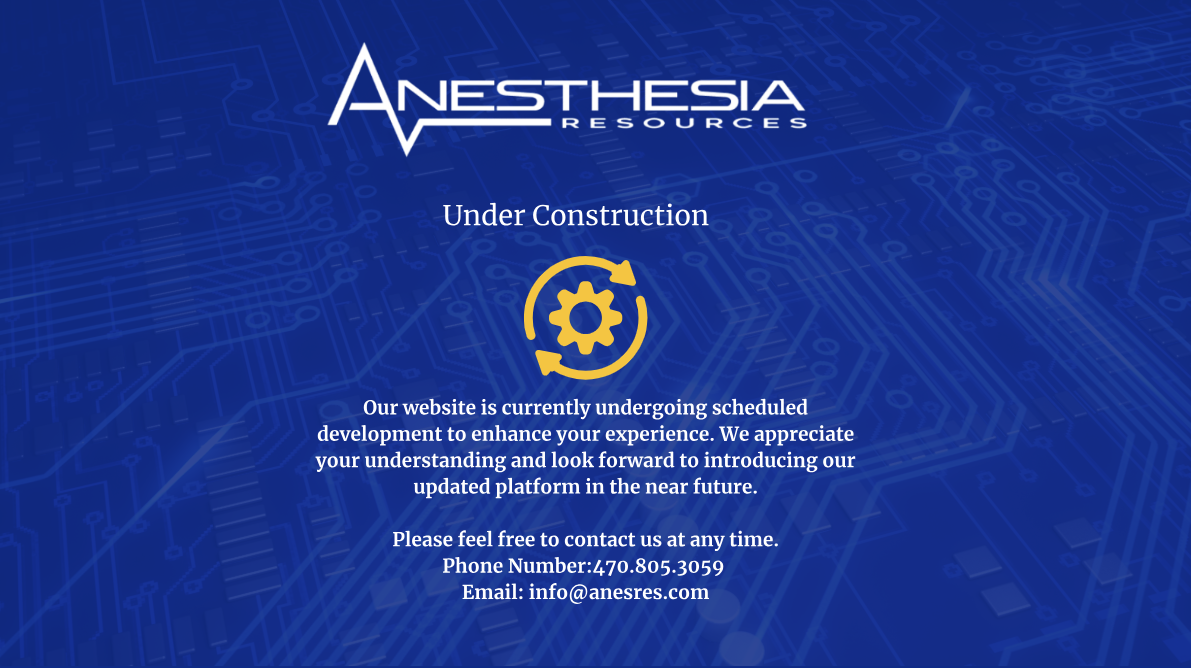CMS Changes Conditions of Participation (CoP) for Anesthesia Services Part 4 of 4
Part IV: Pre- and Post-anesthesia Evaluation
Pre-anesthesia Evaluation
The interpretive guidelines for pre-anesthesia evaluation and post-anesthesia assessment have changed somewhat in terms of how hospitals provide surgical services, both on an inpatient and outpatient basis.
For the pre-anesthesia evaluation, some of the expectations continue to apply:
- A pre-anesthesia evaluation must be performed for each patient who receives general, regional or monitored anesthesia.
- While patients receiving moderate sedation be monitored and evaluated before, during, and after the procedure by trained practitioners, a pre-anesthesia evaluation is not required because moderate sedation is not considered to be “anesthesia,” and thus is not subject to this requirement. Hospitals may choose to require the assessment for an increased level of safety.
- The evaluation must be performed by someone qualified to administer anesthesia
- Delegation of the pre-anesthesia evaluation to practitioners who are not qualified to administer anesthesia is not permitted.
- Evaluation must be performed within 48 hours prior to any inpatient or outpatient surgery or procedure requiring anesthesia services.
To provide further clarity, the interpretive guidelines now outline the expected components of a pre-anesthesia evaluation, which includes, at a minimum:
- Medical history, including anesthesia, drug and allergy history
- Interview and examination of the patient
- American Society of Anesthesiologists (ASA) classification
- Any potential anesthesia problems, (e.g., difficult airway, ongoing infection, limited IV access)
- Additional pre-anesthesia evaluation, based on patient condition (e.g., stress tests, labs, additional specialist consultation)
- Plan for anesthesia care, including the type of medications for induction, maintenance and post-operative care and discussion with the patient (or patient’s representative) of the risks and benefits of the delivery of anesthesia
In addition to the documentation requirements for pre- and post-anesthesia assessments, intra-operative documentation requirements are spelled out in the regulations. They note, however, that an intra-operative anesthesia report is not required for patients undergoing sedation, since sedation is not considered anesthesia.
Post-anesthesia Evaluation
Post-anesthesia evaluation requirements have been much discussed in the last several years. While the requirements seem simple and straightforward, they are open to interpretation that may conflict with the spirit of the standard. According to regulation §482.52(b)(3):
- A post-anesthesia evaluation must be completed and documented by an individual qualified to administer anesthesia.
- Evaluation must be completed no later than 48 hours after surgery or a procedure requiring anesthesia services.
- Evaluation must occur any time general, regional, or monitored anesthesia has been administered.
- The evaluation must not begin until the patient is sufficiently recovered from the acute administration of the anesthesia so as to participate in the evaluation, (e.g., answer questions appropriately, perform simple tasks, etc.).
- The evaluation must occur either in the PACU/ICU or in another designated recovery location.
The key topic of discussion has been the setting and timing of the evaluation. While the regulations do not prohibit the evaluation from taking place the minute that the patient is moved to the PACU, the patient’s condition dictates when the evaluation occurs not the work flow or convenience to the anesthesia practitioner. For instance, a patient receiving a regional block may be assessed in short order as the time for extension of the anesthesia has passed by the time the patient enters the PACU. However, it would be inappropriate to evaluate a patient emerging from general anesthesia immediately following entry into the PACU as the patient could slip into unconsciousness again.
Post-anesthesia evaluation must at least include:
- Respiratory function, including respiratory rate, airway patency, and oxygen saturation
- Cardiovascular function, including pulse rate and blood pressure
- Mental status
- Temperature
- Pain
- Nausea and vomiting
- Postoperative hydration
The evaluation needs to take place at a time when the patient has “sufficiently recovered from the acute administration of the anesthesia so as to participate in the evaluation.” This determination must be made by the anesthesia practitioner.
- Evaluation for readiness for lower level of care—Completed by Nursing,
- Evaluation for readiness for discharge—Completed by Nursing against a protocol developed by Anesthesia; includes additional factors representing ability of patient to care for self (eat, urinate, walk)
- Post-anesthesia care evaluation -Evaluation dictated by the Conditions of Participation; requires professional judgment of an anesthesia provider. Determines patient’s degree of recovery from anesthesia and presence or absence of complications. Cannot be delegated, except to another anesthesia provider.
Tips for Compliance
The key to compliance within the pre- and post-anesthesia evaluation process is under standing the level of compliance in each anesthetizing location and addressing gaps in compliance. While document review is an important first step, it may not provide insight into the timing of the post-anesthesia assessment and the important factor of the evaluation occurring when the patient has “sufficiently recovered.” To avoid common traps that result in citations during CMS survey, assure that the following items are included in the medical record review:
- A completed pre-anesthesia assessment that includes all items noted in the regulations
- A completed post-anesthesia assessment that includes all items noted in the regulations
- A criterion that compares Nursing documentation of the level of patient’s wakefulness at the time of the completion of the post-anesthesia assessment look for conflicting accounts between the anesthesia note of “recovered” with that of Nursing’s documentation.
Spinal Implant Business – Big and Getting Bigger
Posted on October 29, 2010 at Managed Care Matters by Joe Paduda.
I’ve been tracking the spinal implant business for several years now, watching with interest and growing dismay as more and more patients have been getting more and more hardware implanted into their backs. Why dismay? Well, there have been problems with implants corroding, poor outcomes for a number of patients, inconsistent results, and unacceptable infection rates , much of this may be due to a basic problem – not much is known about why spines degenerate, are injured, cause pain, and/or ‘fail’, and thus solutions may well not address underlying problems.
This from the AMA: “The lack of basic science understanding of spine degeneration, such as knowledge about genetics and biochemical and biophysical causes of pain, may be one reason why engineering structural principles alone have not led to success.” Nonetheless, innovation marches forward, at an annual rate of better than 7%.
This from research firm GlobalData’s new report, “Spinal Implants – Global Pipeline Analysis, Opportunity Assessment and Market Forecasts to 2016”.
“The global market for spinal implants is forecast to grow from $6.5 billion in 2009 to about $10.3 billion by 2016, with a Compound Annual Growth Rate (CAGR) of 7%.
For the full story Click Here.
For more interesting info at Managed Care Matters Blog Click Here.


